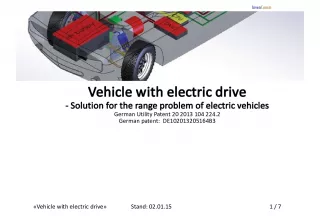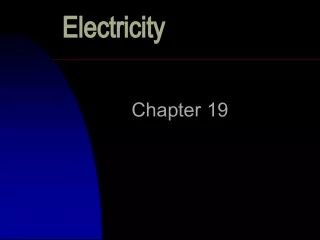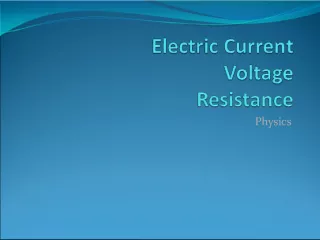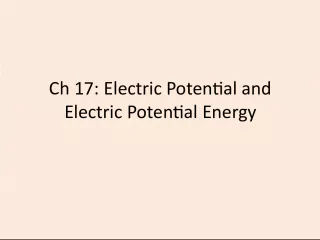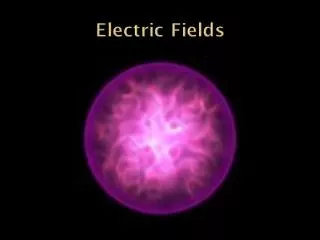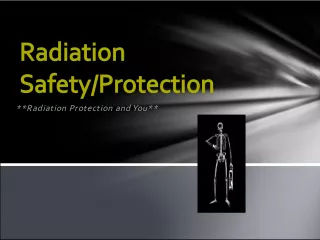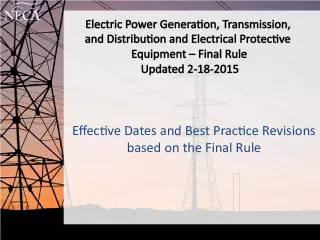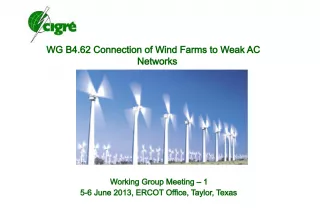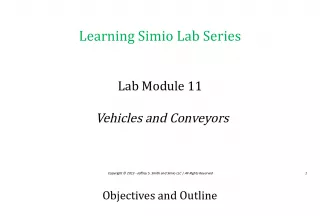Hybrid and Electric Vehicles: Risks and Differences
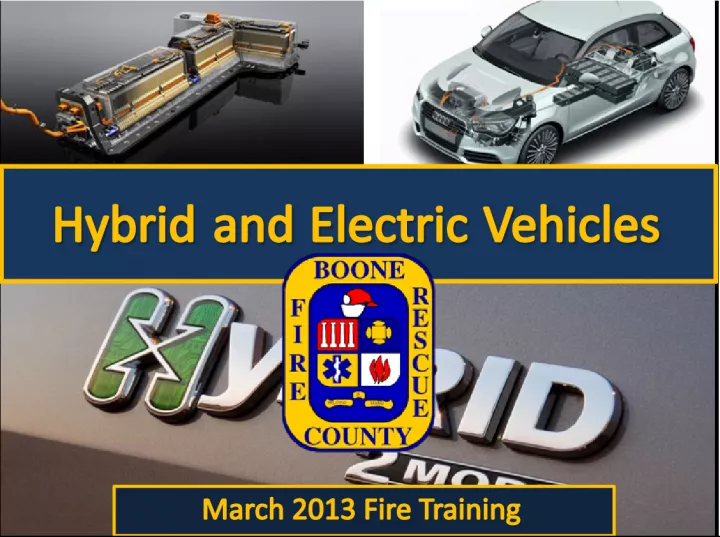

This article from March 2013 focuses on the differences between hybrid and electric vehicles, as well as the potential risks associated with emergency incidents involving these types of vehicles. Areas of concern
- Uploaded on | 0 Views
-
 iegor
iegor
About Hybrid and Electric Vehicles: Risks and Differences
PowerPoint presentation about 'Hybrid and Electric Vehicles: Risks and Differences'. This presentation describes the topic on This article from March 2013 focuses on the differences between hybrid and electric vehicles, as well as the potential risks associated with emergency incidents involving these types of vehicles. Areas of concern. The key topics included in this slideshow are . Download this presentation absolutely free.
Presentation Transcript
Slide1Hybrid and Electric Vehicles Hybrid and Electric Vehicles March 2013 Fire Training
Slide2What is the differencebetween a hybrid vehicle and an electric vehicle?
Slide3What are some potential risksassociated with hybrid and electric vehicles involved in emergency incidents? Vehicle Accident/Extrication Fire Submersion
Slide4Hybrid VehiclesHybrid Vehicles • Internal combustion engine and electric motor • < 30 mph – Battery power • > 30 mph – Gasoline engine • Batteries charge as you drive
Slide5Electric VehiclesElectric Vehicles • Require an external source to recharge • Regenerative Braking
Slide6HV BatteryHV Battery
Slide7Volts, Amps, and Current
Slide8VoltsVolts • Electrical potential in a circuit • Electromotive force • Example - PSI in hose stream
Slide9Amps• Current – Number of electrons moving past a fixed point in one second • Current is measured in amps
Slide10CurrentCurrent • Low current can be harmful if backed by a significant amount of voltage
Slide11Direct Current (DC)• Electrons move in one direction • Mostly found in things that are powered by batteries • 12-volt battery
Slide12Alternating Current (AC)• Travels in multiple directions • Power used to supply homes and businesses • AC has the ability to readily change voltages
Slide13Circuits• For current to flow there most be a completed path
Slide14•Hybrid/Electric vehicles can operate in excess of 100 amps or 10,000 milliamps – 6 milliamps – Unable to let go of conductor – 70 milliamps – Burns – 105 milliamps – Heart stops
Slide15Types of Hybrids• Full • Mild • Start-Stop • Plug-in
Slide16Full Hybrid• Most hybrids on the road • Electric motor either assists engine or propels the vehicle at low speeds – Toyota Prius, Ford Escape
Slide17Mild Hybrid• Electric motor is only designed to assist the gasoline engine • Does not propel the vehicle – Honda Civic, Honda Insight
Slide18Start-Stop Hybrid• Intermediate voltage system • Allows the engine to shut down instead of idling • Electric engine does not propel the vehicle – Chevy Malibu
Slide19Pure Electric• Nissan Leaf (weighs 660 lbs.) • Average 73 miles on full charge • Zero Gas – 100% electric
Slide20Extended Range Electric Vehicle (EREV)• Can travel 40 miles on battery power alone • Onboard gasoline engine turns the electric generator and recharges the battery • Chevy Volt
Slide21High Voltage Batteries• Nickel Metal Hydride (Hybrid) – 100-400 volts • Lithium Ion (Electric) • Location in Hybrids is almost always located in the truck or under second row seats • Located under the floor in electric vehicles
Slide22What should high voltage mean to you?• Orange Cables – > 60 volts • Yellow or Blue cables – Intermediate voltage system
Slide23DC• 12 volt battery • For current to flow, there must be a completed path • DC-DC Converter – Takes high voltage battery to 12-volts to power things like the radio, headlights, airbags, etc.
Slide24Operating ProcedureOperating Procedure • Identify • Immobilize • Disable • Additional Hazards – High voltage electrical system – Unanticipated vehicle movement
Slide25•Establish command • Primary Size-up • 360 Size-up (Identify) • Deploy Hose Line • Immobilize • Disable • Patient care • Hazard control • Terminate Command
Slide26Immobilize• Cribbing • Approach from the side • Place the vehicle in park • Engage the emergency brake
Slide27DisableDisable • Shut off the ignition • Disconnect the 12-volt battery – Shuts down both the 12-volt battery and DC-DC Converter
Slide28Proximity Key• If the key can be located, remove it at least 16 feet from the vehicle
Slide29Can’t shut off the ignition?• Locate the fuse that runs the high voltage system • Just shutting down the 12-volt battery is not enough, the ignition must be disabled as well
Slide30Vehicle FireCan I use water?
Slide31•DC electricity follows from the battery, along the electrical circuit and back to the battery • AC electricity – Ground Fault Circuit Interrupter (GFCI) • Immediately shuts down power if there is a short • Batteries will burn for a long time
Slide32Submerged Vehicles• Manufactures recommend removing the vehicle from the water just like any other vehicle • You will not be shocked by an electric or hybrid vehicle that is submerged
Slide33Helpful Resources
Slide34AC HotstickAC Hotstick • One for each engine • One on each squad • Structure fires • Vehicle accidents • Lines down
